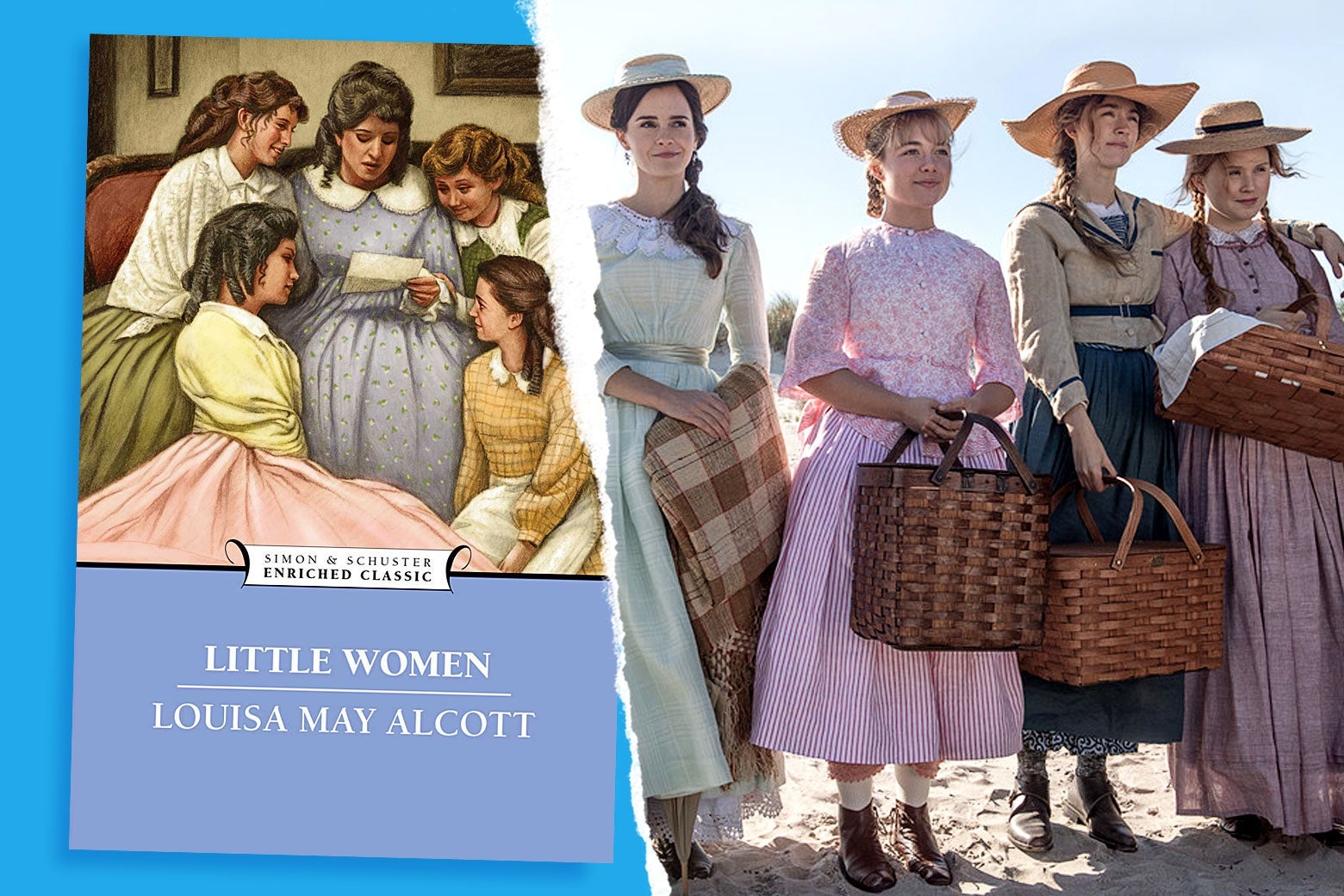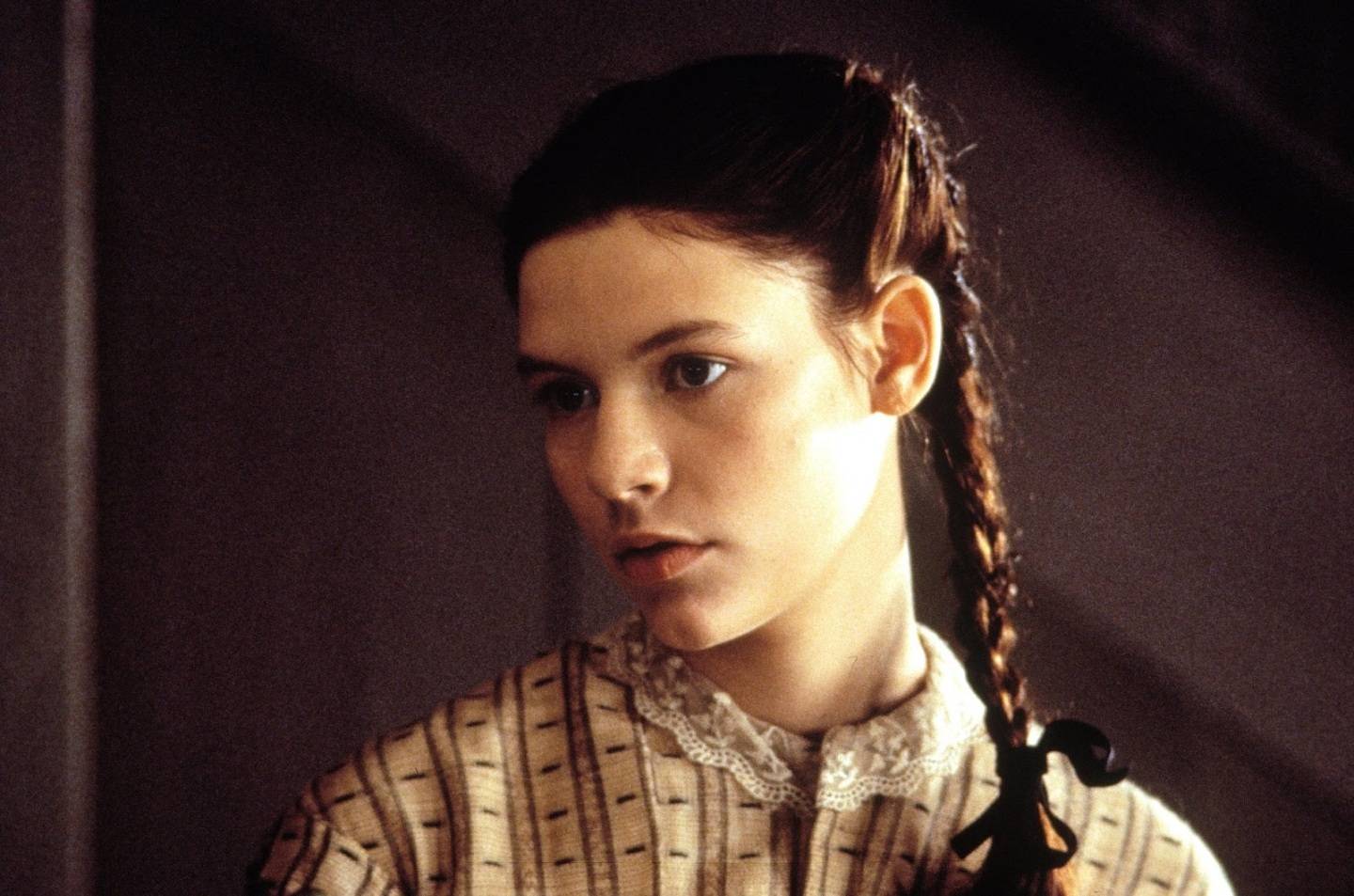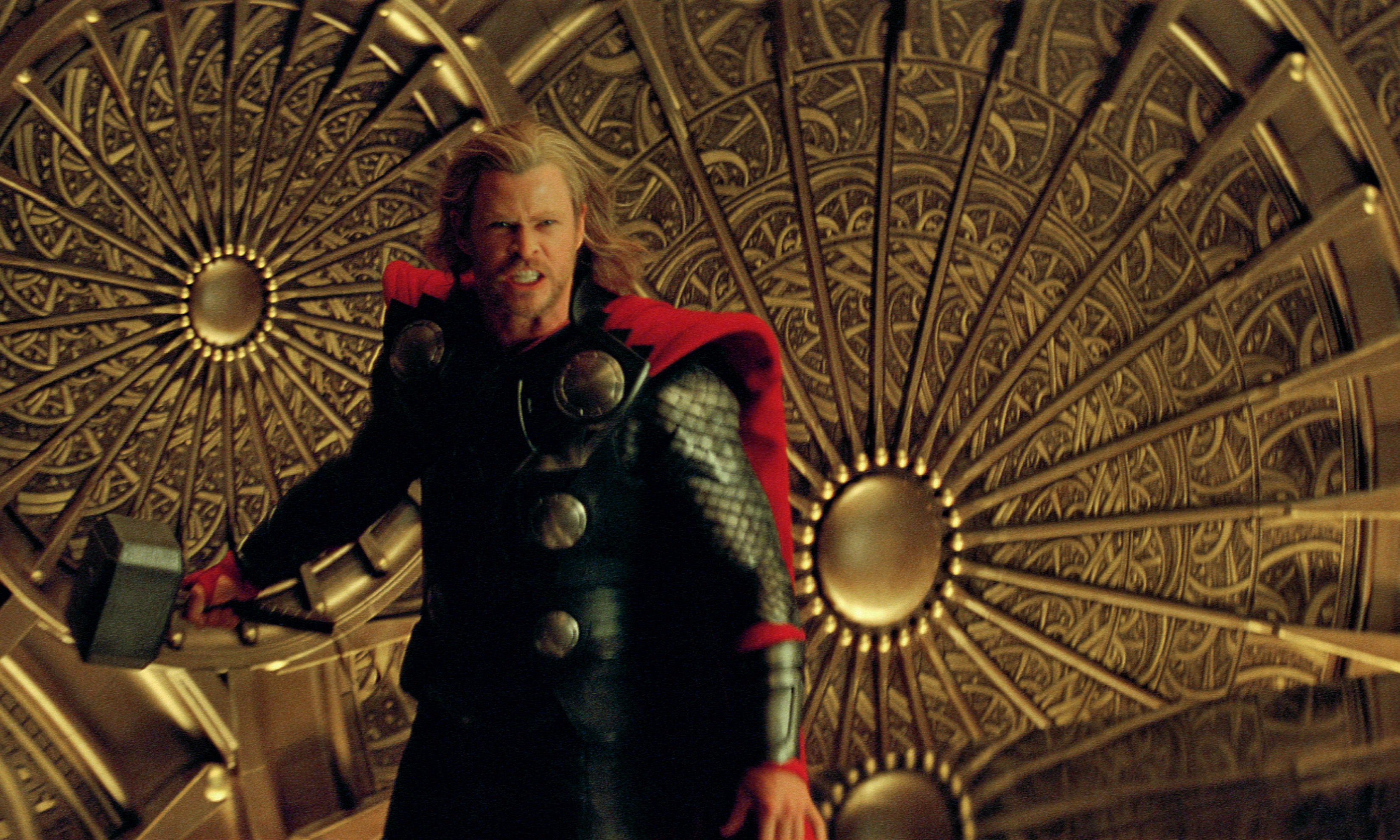


If you're wondering what I'm talking about, go see the film and read the screenplay here (.
#Little women beth movie movie#
But even if you don't get what the happy ending of the movie is, you will still be able to enjoy the movie as it is.īut if you wonder what Gretta has to say in honoring Louisa May Alcott who was forced to change the ending of her book by her publisher when she first wrote it, you will question what the happy ending is for Jo that Gretta intends to convey on the big screen.

By the end, these color gradings even signify what's real and what's not. Gretta makes the past looks gold and yellowish and the present cold and pale. The film uses color grading to signify the back-and-forth timeline. If you watch the movie more than once, you will probably realize how Gretta intentionally makes the ending that way. What's even more surprising is how this film has a multi-interpretative ending. No previous adaptation of the book has managed to pinpoint that, and the issue still lingers in society. She even describes how as a woman, Jo – like Louisa – had to fight for her creative work and ownership to be taken seriously. Just like Jo, the author of the book, Louisa May Alcott did not marry. Gretta did her homework by researching the context of the writer.
#Little women beth movie how to#
Throughout the whole movie, Jo is struggling with how to prove she's a fine writer who owns her own story. That statement perpetuates a stereotype towards women that's already bad in the first place. In the movie, the editor even once said how she should make her female protagonists either married or dead in her stories, otherwise they wouldn't sell. It was hard for women to earn this trust as most women were, at the time, affiliated with domestic work.

She hates the idea of marriage, and she wants to support her own family with her writing career. Unlike Amy who's practical, Jo is a tomboy and non-conformist. This is probably why Florence Pugh, who portrays both the younger and the older version of Amy, earned her Oscar nod in the supporting actress category. So, the only way for her to find economic stability is by marrying a rich man. She knows that as a woman, there's no way for her to earn her own money and support her own family. As she grows up, Gretta makes this character a more mature and rational woman. Her character is rational even while making bad mistakes. When she (spoiler alert) burns Jo's manuscript, she really explains why she does it. In the book and in the 1994 adaptation, the younger Amy (who was portrayed by Kristen Dunst) is a self-centered spoiled young girl.īut Gretta makes this character more understandable. The first one is how Gretta makes Amy a more likable character. There are two big surprises in the movie. Of the aforementioned characters, Jo is probably the most memorable literary character. Jo represents how women should be economically independent on their own Amy represents the pragmatic side of women living in that period who feel pressure to marry rich if they want to support their family Meg marries a poor man because of love and Beth proves that women can be altruistic and not focus on money.Įach of the sisters exhibits different dimensions of women as the subjects and main protagonists of their own lives. Just like the book, the film tells stories about women who have dreams and ambitions of various forms. And so, the opening scenes show adult Jo (Saoirse Ronan) living her dreams in New York as a writer while being romantic with Prof Bhaer (Louis Garrel), Amy (Florence Pugh) living in Paris with Aunt March (Meryl Streep) studying painting and being a proper young woman, Meg (Emma Watson) counting pennies while trying to buy new a dress and Beth (Eliza Scanlen) still living in March's house because she's sick. Writer-director Greta Gerwig chose to adapt the source material from an angle of adulthood, presenting the characters’ memories with both timelines intertwined. Unlike the novel and its last three film adaptations, Greta Gerwig's Little Women does not begin with the childhood of March's sisters – the cold winter where they had no presents during Christmas due to poverty and civil war.


 0 kommentar(er)
0 kommentar(er)
